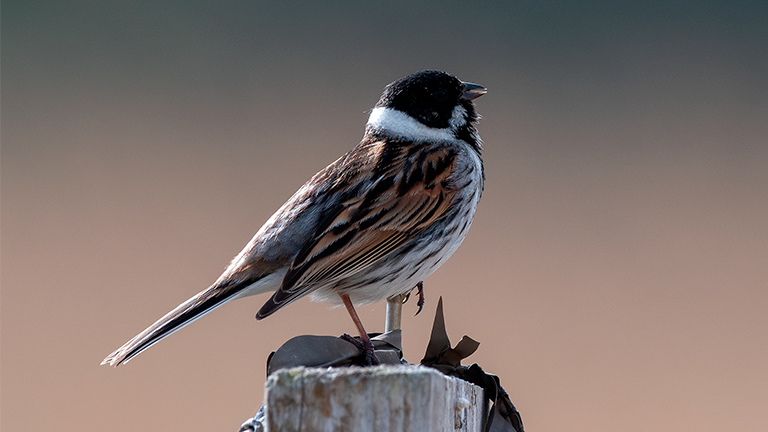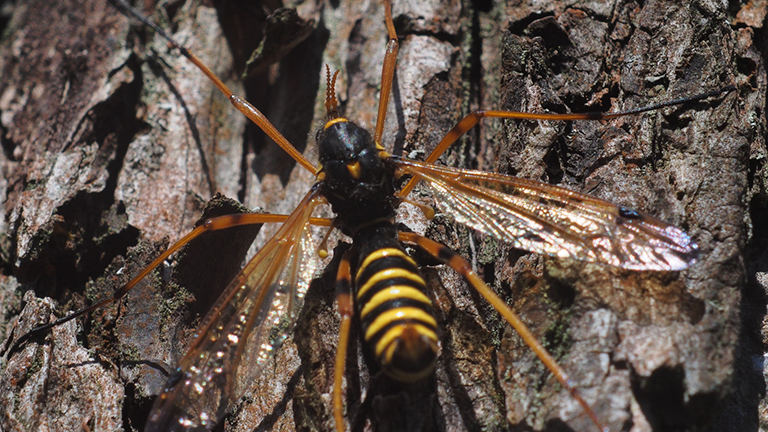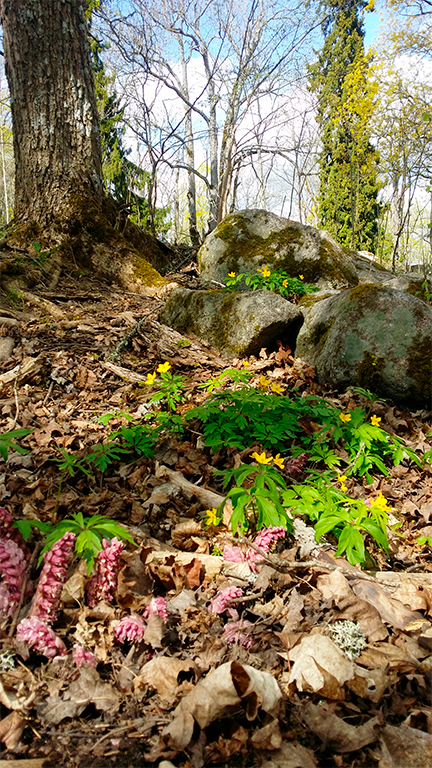
Imagine that citizens can directly influence the government’s plans for biodiversity conservation. Some will say that that’s yet impossible, but Artportalen is the perfect example of how citizen science can be crucial to help manage environmental issues. The Swedish Species Observation System, called Artportalen, is a citizen observatory that reports Swedish biodiversity observations. It started at the end of the nineties and, nowadays, already plays a pivotal role in environmental management and conservation in Sweden.
Authorities and governmental agencies consider Artportalen a primary biodiversity information source in their conservation and biodiversity monitoring plans. The county administration’s biodiversity coordination group has even stated that using the open data in Artportalen leads to more transparency in the decision-making process since the underlying data are publicly available. And, among other things, the government has used the data to make a guideline on species information to conserve biological diversity in Sweden.

Initially, Swedish county administrations had their biodiversity databases for each particular region. To exchange biodiversity data among areas and get a national biodiversity picture, they hold an annual meeting. However, this was time-consuming and highly inefficient.
In this context, the administration saw the potential to use Arportalen as a central data storage platform and access large amounts of new data.
From this idea, the administration developed a Geographic Information Systems (GIS) tool to extract biodiversity data from Artportalen and display it in an appropriate format for land use planning activities. So, although the administrations still report data via Artportalen’s interface, they extract the data and combine it with other map layers in the administration’s GIS tool. This tool also has a complicated access privilege system, so that information concerning sensitive species can only be accessed by those with a need-to-know in the administration.
A powerful source of data
Since its conception, the platform has gathered over 82,000,000 observations of birds, plants, insects, fungi, and many other taxa, along with the 1,300,000 associated media files. In 2019 11,000 different people reported observations, and over 200,000 visited the site at least twice. The majority of the images concern birds, but in total, there are records of over 32,000 different species from a wide range of species groups. Experts validators or committees have validated nearly 4,000,000 of the observations. Except for some species considered especially sensitive to disturbance, this data is openly available. Anyone can search for it via the Swedish Species Information Centre’s web services, APIs, or apps.

Besides, all Artportalen data are transferred to the Global Biodiversity Information Facility (GBIF), where Artportalen is the second-largest data deliverer and has provided 6% of the global data. Nowadays, GBIF also counts the number of publications using data downloaded from Artportalen; so far, they have registered 409 publications.
Artportalen as part of the Cos4Cloud project
The data gathered by Artportalen will feed into the online experts’ portal service that the Cos4Cloud project is developing.
The expert’s portal will download and identify observations from multiple citizen observatories and the observations will also contribute to training machine learning systems to improve image recognition.
This training will make the species identification easier, increase data quantity and quality, and provide an accurate and relevant dataset for nature conservation use. Eventually, as the data’s quality increases, the government and the scientific sector will increasingly rely on using the information that comes from citizen observations.
The Artportalen expectation is to see soon more countries using this citizen science technology to manage biodiversity and environmental issues.
Key points for users engagement
How come Artportalen has got so many observations and users? First, Artportalen is a user-friendly platform with diverse functionalities that addresses two primary users’ profiles: 1) the Swedish authorities that mainly extract data; and 2) the citizen scientists, who feed the platform with nature observations. On the one hand, the government’s primary motivation to use Artportalen is to obtain high-quality data from an extensive area in a very cost-efficient way. On the other hand, citizen scientists use this citizen observatory to learn about nature by sharing observations of all kinds of life forms, to interact with other people, and for getting feedback about their reports.

Another reason that explains its success is that Artportalen has never stopped evolving. For example, since Artportalen added the possibility of obtaining merging reports for individual species groups (birds, plants, etc.) or combining observations into one observation – this is important where many species spotters report the same individual, the platform experienced a participation growth.
Additionally, the annual report on biodiversity that the platform generates has motivated different biodiversity and nature conservation societies to support the platform’s use among their communities. For instance, the Swedish ornithologist and botanist organizations recommend it as the platform for reporting birds and plants. This kind of support has resulted in both increased numbers of observations and use of these data within the biological community.
How does the platform work?
One can report the observations via desktop computer or mobile devices; several apps enable easy and immediate reporting (such as Mobile reporting or Seglaren). Some of the Artportalen services have a specific area for Invasive and Alien Species (IAS) observations or a checklist function that automatically generates a list of suggested species in a particular season and place, available from 2019. With this functionality, a citizen scientist can quickly tick the species that he/she sees in the list, and can even report additional information associated with the observations, like quantity, activity, or age.

The checklist reporting also enables the crucial zero-observations to be recorded – species that you should expect to see but didn’t. Such data are often vital for conservation, getting to know what species have disappeared from a location.
The platform also enables users to subscribe to species lists or species groups and receive a notification when new observations are reported to Artportalen. This is particularly useful for informing people of unusual observations, such as rare birds. It is also employed for rapid warning of new IAS observations, helping environmental officers tasked with eradicating these potentially damaging species.
Artportalen is funded by the Swedish Environmental Protection Agency and the Swedish University of Agricultural Sciences (SLU). Artportalen is developed and maintained by the SLU Swedish Species Information Centre on behalf of the Swedish Environmental Protection Agency.
Additional information
More information at https://www.artportalen.se
Links to short nano-learning sources about the ‘checklist function’:
- Home
- The number of individuals adds species to the checklist and detailed observation information.
- Change site, sort species, report https://go.nanolearning.com/ViewActivity/?da=1717397&key=uxcjFc2dahmnfaIo&mode=1
- Clever shortcuts for fast and efficient reporting
- Report to a project
- Share your observations live

















